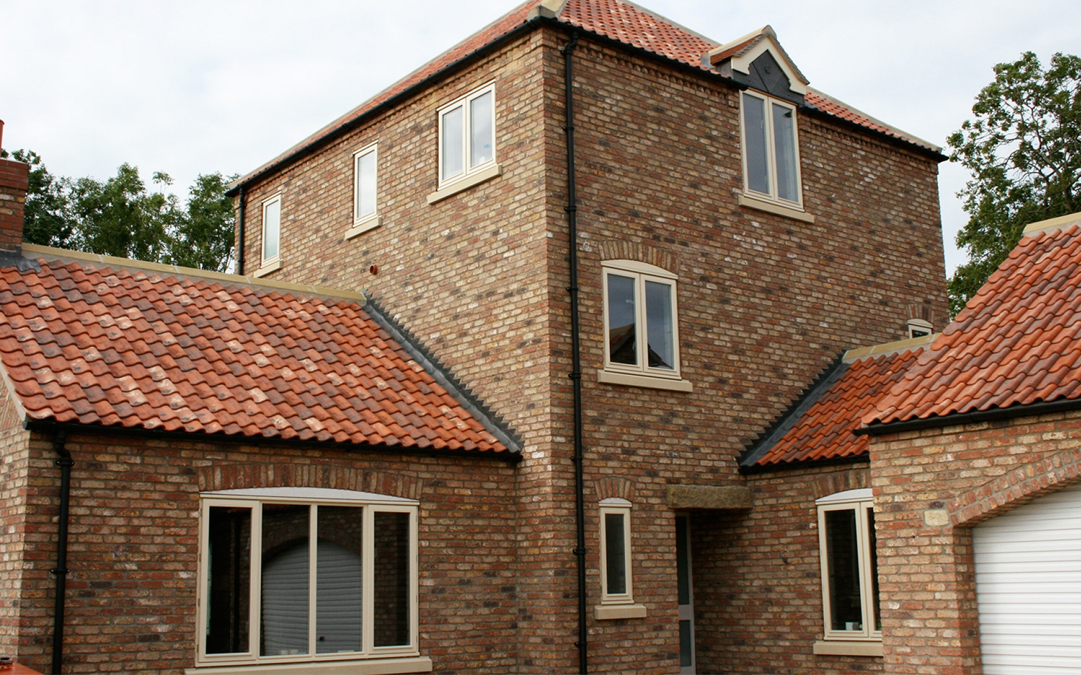To effectively protect your home from burglaries, it’s important to understand the mindset of burglars. By understanding what motivates burglars and how they choose their targets, homeowners can take steps to deter them and protect their homes. This guide will explore the factors that lead to burglaries, the common characteristics of burglars, and the motivations behind burglaries. We will also discuss how burglars choose their targets, what they look for in a home, and how you can deter them.
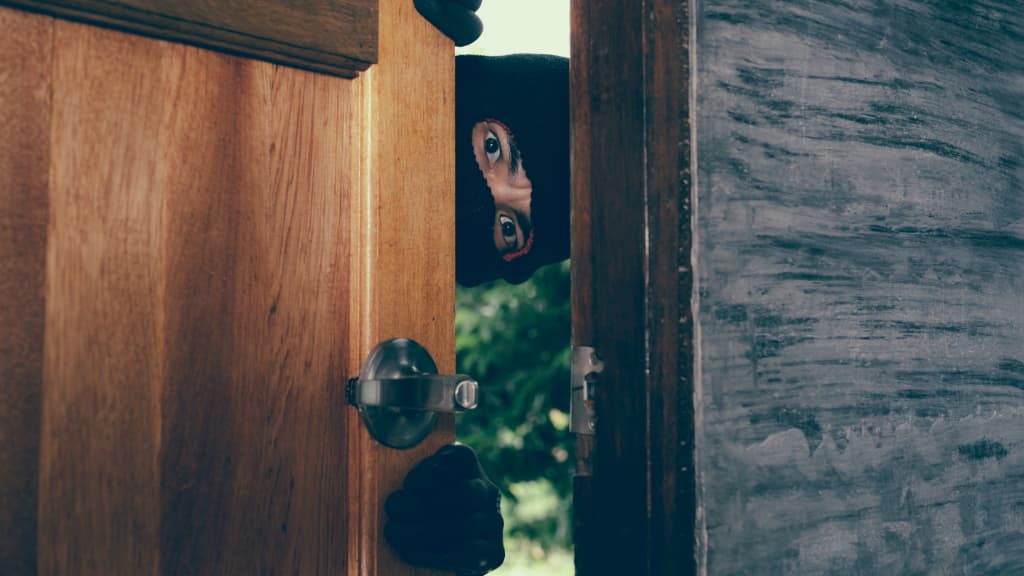
Image: freepik.com
Understanding the Mindset of Burglars
Understanding the mindset of a burglar will help you to put in place security measures that are effective in deterring criminals from targeting your home. To begin understanding the mind of a thief, we need to look at the factors that lead to a burglary.
Factors that lead to burglary
Financial Need – Burglary is often driven by financial need, with burglars looking for valuable items that can be sold quickly and easily for money. Burglars may also be driven by an addiction to drugs or gambling, which can lead to impulsive behaviour and risky decision-making.
Opportunity – Burglars often target homes that appear vulnerable and offer easy entry points. Homes with broken windows or doors, no security system, or visible signs of a lack of security are more likely to be targeted. Additionally, burglars may look for unoccupied homes, such as those without cars in the driveway or lights on.
Thrill-Seeking – Some burglars are motivated by the thrill of the crime itself. They may be looking for an adrenaline rush or a sense of power that comes from breaking into someone’s home undetected.
Familiarity with the area – Burglars target homes in areas they are familiar with, such as neighbourhoods where they have lived or worked in the past. This allows them to know the area’s layout and escape routes and also reduces the likelihood of being recognised.
Common Characteristics of Burglaries
Behaviour – Burglars often exhibit impulsive behaviour, such as acting on impulse or without thinking through the consequences of their actions. This can lead them to take risks, such as breaking into a home during the daytime when people are more likely to be around.
Lack of empathy – Burglars often lack empathy for their victims and may view their actions as a victimless crime. They may not consider the emotional impact their actions can have on their victims or the potential harm they could cause.
Familiarity with burglary tools – Burglars are often familiar with common burglary tools, such as lock picks, pry bars, and hammers, which they use to gain entry to homes. Criminals could be knowledgeable about home security systems and how to disable them, putting them at an advantage even in the instance where a home has security in place.
Prior criminal history – Many burglars have a prior criminal history, which may include previous burglary charges. This can indicate that they are repeat offenders and have a higher likelihood of committing burglaries in the future.
Substance abuse issues – Substance abuse, including drugs and alcohol, is a common characteristic of many burglars. Substance abuse can lead to impulsive behaviour, poor decision-making, and a disregard for the law.
How Burglars Choose Their Targets
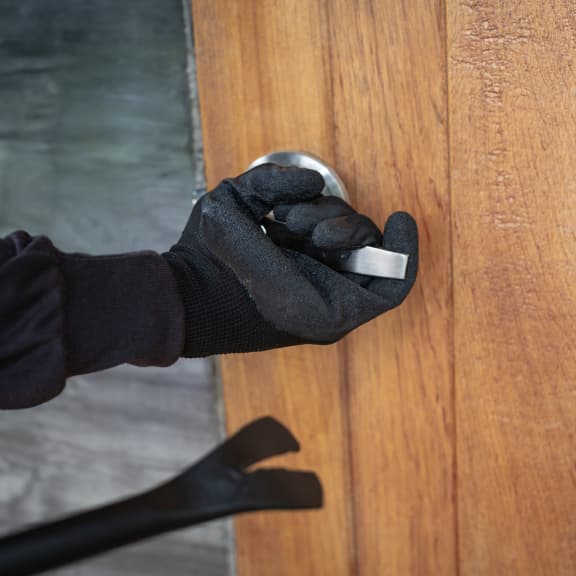
Image: freepik.com
Opportunistic criminals will target homes that appear to be vulnerable to attack. You need to ensure your home does not offer an easy opportunity for a burglar to gain access to a home. Here are some other factors that will make your home a target for burglars.
Factors that make a home a target
Accessibility – Burglars are more likely to target homes that are easy to access. Homes with a lot of shrubbery or trees that obstruct the view of the home, or homes that are located on quiet or secluded streets are often preferred. This enables the burglar to gain access under cover, without the risk of being caught.
Perceived wealth – Homes that appear to have high-value items or are located in affluent neighbourhoods are more likely to be targeted by burglars. This can include homes with luxury vehicles parked outside or homes with expensive landscaping or decorations.
Lack of security measures – Homes that lack security measures such as security doors, window and door locks, and alarm systems are more likely to be targeted by burglars. Burglars will be able to enter these homes without being detected.
Common features that burglars look for in home
When surveying a house for a potential break-in, there are certain features that a burglar will look for to ensure they are less likely to be detected and can quickly retrieve valuables.
Hidden entry points – Burglars often look for entry points that are hidden from view, such as back doors or basement windows. These entry points make it easier for burglars to enter a home without being noticed.
Valuables in plain sight – Homes that have valuables, such as expensive electronics or jewellery, visible from outside the home are more likely to be targeted by burglars. Burglars can easily identify the location of high-value items and plan their theft accordingly.
Signs of absence – Criminals often target homes when the residents are away. Homes that show signs of absence, such as uncollected mail or newspapers, can signal to burglars that no one is home.
The role of geography in burglaries
Particular geographical factors play into whether your home is more likely to be targeted by a burglar.
Urban vs. rural – Burglars are more likely to target homes in urban areas due to the higher population density and the greater number of potential targets. However, rural areas can also be targeted due to the greater likelihood of homes being isolated and vulnerable.
Proximity to motorways – Homes located near motorways or major roads are more likely to be targeted, as these areas provide easy access and escape routes.
Neighbourhood characteristics – Certain neighbourhoods may be more susceptible to burglaries due to factors such as high crime rates, high poverty levels, or a lack of community watch programmes.
What Burglars look for in a home

Image: freepik.com
Burglars are often opportunistic thieves. If valuables are visible through your window, this will only spur them on to attempt to break in. Criminals will also quickly note easy access points, such as damaged locks and escape routes that will ensure they can flee quickly. Here are the main features that burglars look for in a potential home to burgle:
Valuable items
Robbers target homes that they think will contain valuables. Never leave valuable items on show and instead store them away in a place that is not an obvious hiding place.
Jewellery – Burglars often target homes with expensive jewellery. It is easy for thieves to transfer jewellery from the targetted home and then transport it and resell it. It is a quick and easy way to make money.
Electronics – High-end electronics such as televisions, laptops, and gaming systems are popular targets for burglars due to their high resale value. It is hard to conceal televisions but consider installing them in rooms that cannot be seen from the outside. Laptops and gaming systems can be easily put away when not in use.
Money – Burglars often search for money in homes, including hidden safes, drawers, and other hiding places. If you need to keep money in your home, store it away in a less obvious hiding place, such as a counterfeit container or in a child’s bedroom.
Easy access points
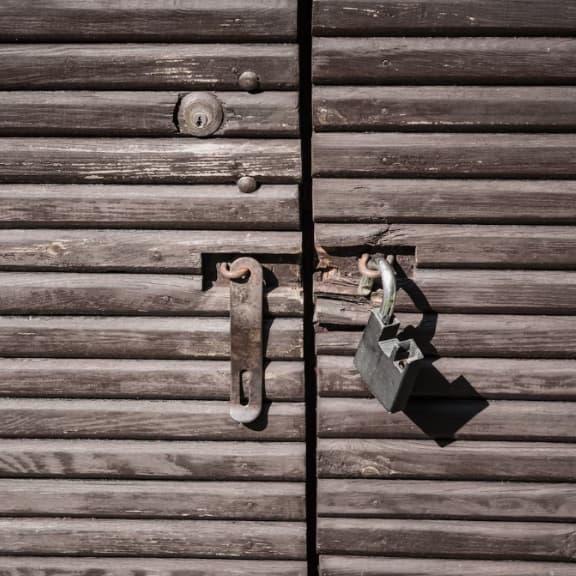
Image: freepik.com
Opportunistic criminals will target homes that have easy access points. Burglars want the robbery to be completed quickly and easily. Therefore, they will target homes that have the following:
Unlocked doors and windows – Burglars will often look for doors and windows that have been left unlocked. This provides easy access to a home without needing to force entry and creating a disturbance. Always double-check that all doors and windows are locked before leaving the house and whilst you are in the home.
Weak or damaged locks – Burglars can quickly bypass weak or damaged locks using simple tools such as a crowbar or screwdriver. To ensure the locks in your home are offering the best protection, simply survey all locks in your house to check they are not damaged or weak from use over time. If you have lived in your home for a long period, it could be time to invest in a new locking system to help maximise security for your home.
Open garages or sheds – Burglars may use open garages or sheds as a means to access a home, either by stealing tools to use for a break-in or by using a garage door opener to gain entry to the home. To improve the security of garages and sheds, you could add an extra locking device, such as an anti-snap lock or a heavy-duty security bar.
Potential escape routes
With the threat of being caught by passersby or residents in the home, a burglar will want to ensure they can make a quick getaway. Burglars will look for potential escape routes when deciding on a home to burgle.
Unsecured back doors or windows – Burglars often look for unsecured back doors or windows as they provide an easy escape route. This is where a strong locking system is vital in protecting the home, and remembering to close and lock all doors and windows.
Dark or unlit areas – Burglars may target homes with dark or unlit areas around the property, such as poorly lit backyards, to avoid being seen during a break-in. This is where security lighting, such as automatic floodlights, is very effective in casting light on dark areas and suspicious activity. Neighbours and residents will be notified of activity when the light automatically comes on and this will also alarm burglars who may decide to move on.
Adjacent properties or alleys – Burglars want to remain unnoticed so escaping via an alley or an adjacent property will help to achieve this. If your home has an alley, ensure the access gate has an effective locking system. Always put access gates towards the front of the home, so burglars are more likely to be seen climbing over. For adjacent properties, you could install high fencing so it is more difficult for the burglar to escape. Spikey plants and shrubbery will deter burglars from climbing and making an escape.
Ways to Deter Burglars
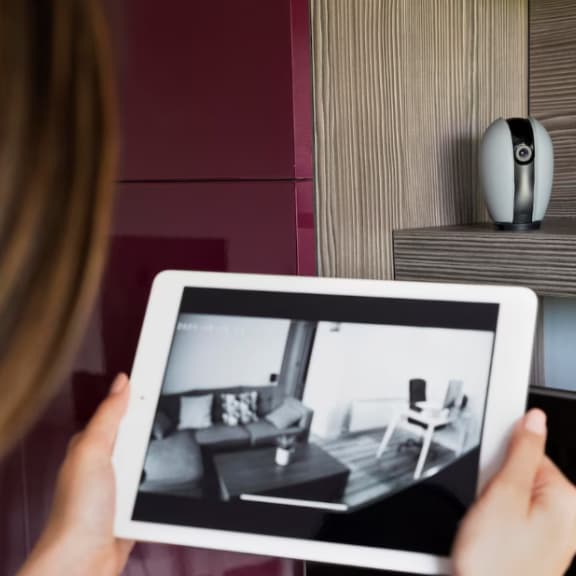
Image: freepik.com
Most burglaries and thefts are opportunistic, which means a burglar does not have a meticulous plan in mind when deciding on what homes to burgle. When surveying an area with opportunities, several things will have to fall into place before the criminals decide on a specific house to break into. This includes the chance of being seen, whether someone will call the police or intervene, and the effort required to break in. You can put the following measures in place to ensure burglars are deterred from invading your property.
Install a steel front door – Designed to withstand a burglary attempt, a steel front door has many advantages, both aesthetically and practically. Compared to wooden or uPVC front doors, a steel door will withstand an intrusion for longer. A burglar would have to use heavy-duty tools to gain access. This means burglars are more likely to be caught, as it will take longer to gain entry and will make a disturbance. Design and technology have come a long way and you can now purchase a steel door that looks just as attractive and “homely” as its traditional competitors. Check out these other benefits of having a steel front door in your home.
Install a security system – Burglars will survey to see if it has a security system in place, such as an alarm and CCTV. Visible alarm systems will prevent break-ins as a thief has the knowledge that breaking in will alert the police and neighbours in the area. CCTV is asl proven deterrent and becoming a popular way for residents to protect their homes. According to 12 burglars surveyed by the Co-op in 2017, this is one of the biggest deterrents for home thieves.
Invest in security lighting – By installing security lighting, you will light up the outside of your home and intruders will not have anywhere to hide. Burglars do not want to be seen going in or out of a home, so they will likely avoid well-lit homes. Remember, you can also use timers to schedule your lights to turn on and off when you are on holiday.
Put bars on your windows – They may not be the most aesthetically pleasing security device, however, metal bars ensure your windows are burglar-proof. Metal bars look imposing and also present a physical barrier to opportunistic criminals.
Use blinds and curtains to block a burglar’s view – To stop prospective burglars from seeing your valuables through a window, simply close your blinds or curtains. This is especially effective for ground-floor rooms at the front of a home.
Cut back hedges and shrubbery – Your garden is an effective weapon to use against intruders by keeping your front hedges under a metre tall. This means burglars do not have anywhere to hide. Your garden should always look cared for as this prevents any passing burglars from assuming you have gone on holiday and are an easy target.
Conclusion
By understanding how the mind of a criminal works, we are in a position to protect our homes from prospective burglaries. We know that burglars are impulsive and lack empathy, and are often in a desperate situation where they need to steal money and goods. This means they often do not have a meticulous plan they follow and will look for a quick and easy opportunity.
We know that burglars are more averse to stealing from you if you place enough obstacles in their way. Therefore, a home with a lack of security in place, an escape route, easy access points, and valuables on show, is a visual goldmine for opportunistic burglars. You can use all of this knowledge to ensure your home is a visual and physical deterrent to criminals, using the security measures and deterrents we have discussed.

